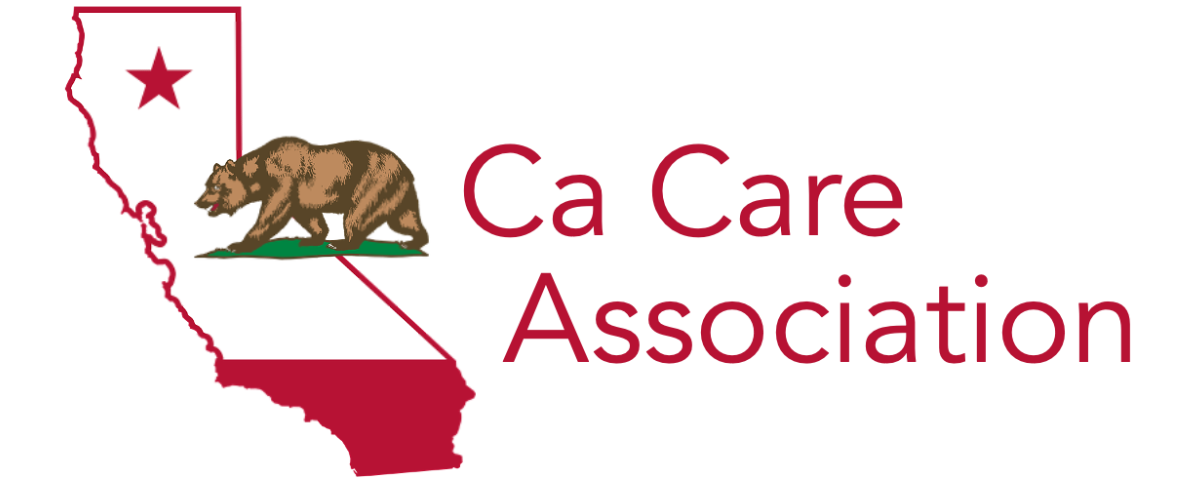Sounds of Inclusion: Facts to Know During Deaf Awareness Month
September is a month that holds a special place in the hearts of many people. Why, you ask? Because it's Deaf Awareness Month! September is a time to celebrate, learn, and most importantly, include. About 13% of the population in the US is deaf or has hearing impairment. And in this blog, we are going to share to you the important details that make Deaf Awareness Month, and we are here not just to inform but to also call you to action. So, listen up and get ready to be enlightened, because we're about to drop some knowledge bombs that will make you see Deaf Awareness Month in a whole new perspective.
What is Deafness?
Deafness is generally defined as a hearing impairment that causes the partial or complete inability to hear. There are several tests that can be done to determine the severity of hearing loss or deafness a person has such as a whisper test, tuning fork test, audiometer test, and many more.
There are also different types of deafness, such as:
Congenital Deafness - This is when someone is born deaf, it can be due to genetic factors or issues during pregnancy.
Acquired Deafness - This is when someone loses their hearing later in life due to several reasons such as age, illness, injury, or exposure to loud noise.
Sensorineural Deafness -This is the most common type and occurs when there's damage to the inner ear or the auditory nerve.
Conductive Deafness -This is when sound can't pass freely from the outer ear to the inner ear.
History of Deaf Awareness Month
Deaf Awareness Month is observed every September and has its roots in Deaf Awareness Week, which was started by the World Federation of the Deaf (WFD) back in 1958. The purpose of the celebration was to create a time where people could come together to learn about Deaf culture, history, and language. Over time, what started as a week-long observance has expanded into a full month of activities, events, and educational initiatives.
Fact #1: The Role of Sign Language
Sign Language is the primary means of communication for many Deaf individuals. Contrary to popular belief, sign language isn't a 'universal' language; there are over 300 different sign languages worldwide! American Sign Language (ASL) in the U.S., British Sign Language (BSL) in the UK, and so on. It is estimated that more than half a million people in the United States use ASL to communicate.
Fact #2: Deaf Culture
Believe it or not, there is a difference between “Deaf” and “deaf”. When someone describes themselves as deaf with a lowercase "d," they are generally referring to their medical condition of having a hearing impairment. These individuals might use aids like hearing aids or cochlear implants to assist with hearing. They may also communicate using spoken language, sign language, or both.
On the other hand, people who identify as Deaf with the capital “D” are members of the Deaf culture. Deaf culture is a social, linguistic, and cultural community that revolves around the shared experience of deafness or hearing loss. It's important to note that not everyone with hearing loss identifies with Deaf culture, which is often denoted with a capital "D."
Fact #3: Famous Individuals in the Deaf Community
There are many famous and well-known individuals who are part of the deaf community that have significant contributions to society. Many names you have probably heard of at least once in your life. Here are some of the following:
Heather Whitestone: The first Deaf woman to be crowned Miss America in 1995, Heather Whitestone has used her platform to advocate for children with disabilities.
Claudia Gordon: The first Deaf African-American female attorney in the U.S., Claudia Gordon has been an advocate for people with disabilities and has worked in various capacities within the federal government.
Marlee Matlin: An Academy Award-winning actress, Marlee Matlin broke barriers when she won the Oscar for Best Actress for her role in "Children of a Lesser God" at just 21 years old. She remains an advocate for the Deaf community.
Helen Heller: She is perhaps one of the most well-known disabled individuals in history, having lost both her sight and hearing at a very young age. She traveled around the world to give public speeches, she was also an author who wrote her own autobiography, she was an advocate for people with disabilities, women’s rights, and many more.
How to Become an Ally and Support Deaf Awareness Month
Being an ally to the Deaf and hard-of-hearing community goes beyond just awareness; it involves active participation, understanding, and advocacy. Here are some tips and activities you can engage in, especially during Deaf Awareness Month, to be a better ally.
Learn basic sign language
Understand deaf culture
Share informational and educational posts in social media about deafness and deaf awareness month
Participate in deaf awareness events
Support deaf-owned businesses
Support deaf organizations
Volunteer your skills in organizations
Conclusion
As we wrap up this enlightening journey through Deaf Awareness Month, it's crucial to remember that awareness is just the first step. The real goal is inclusion and action. Whether it's learning a few basic signs in ASL, advocating for equal opportunities, or simply taking the time to understand the rich tapestry that makes up the Deaf community, every little effort counts


